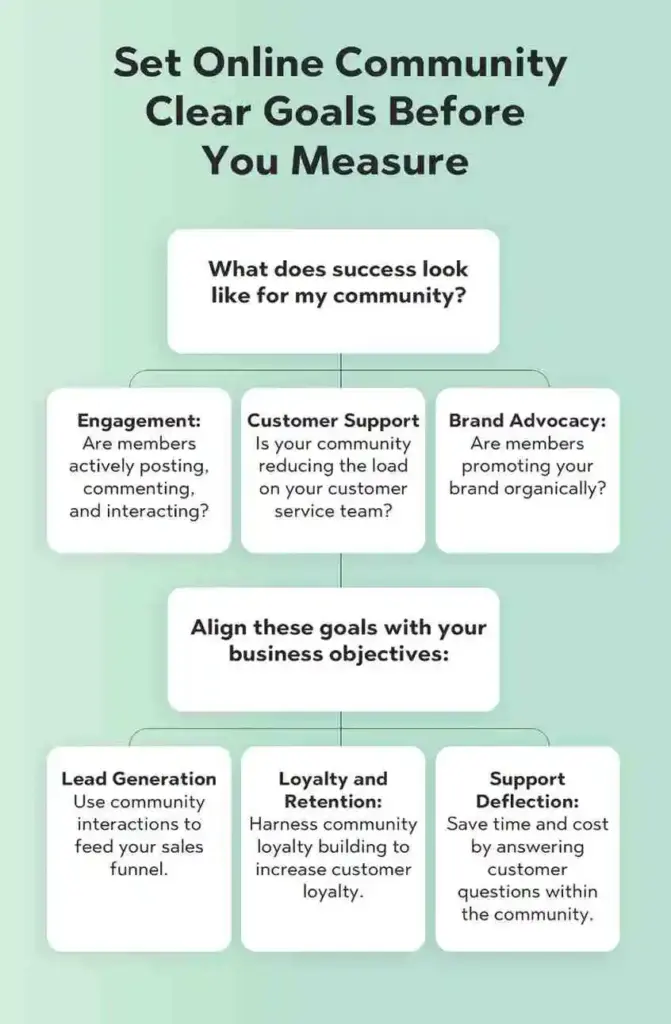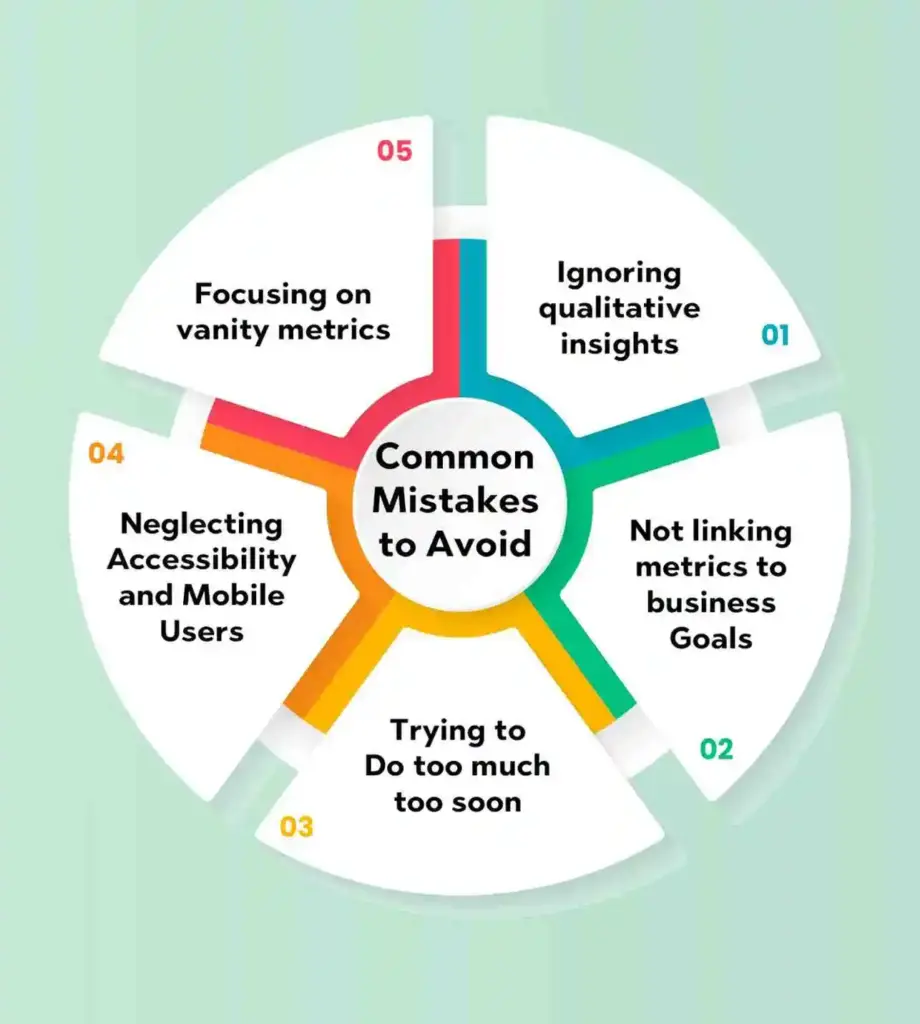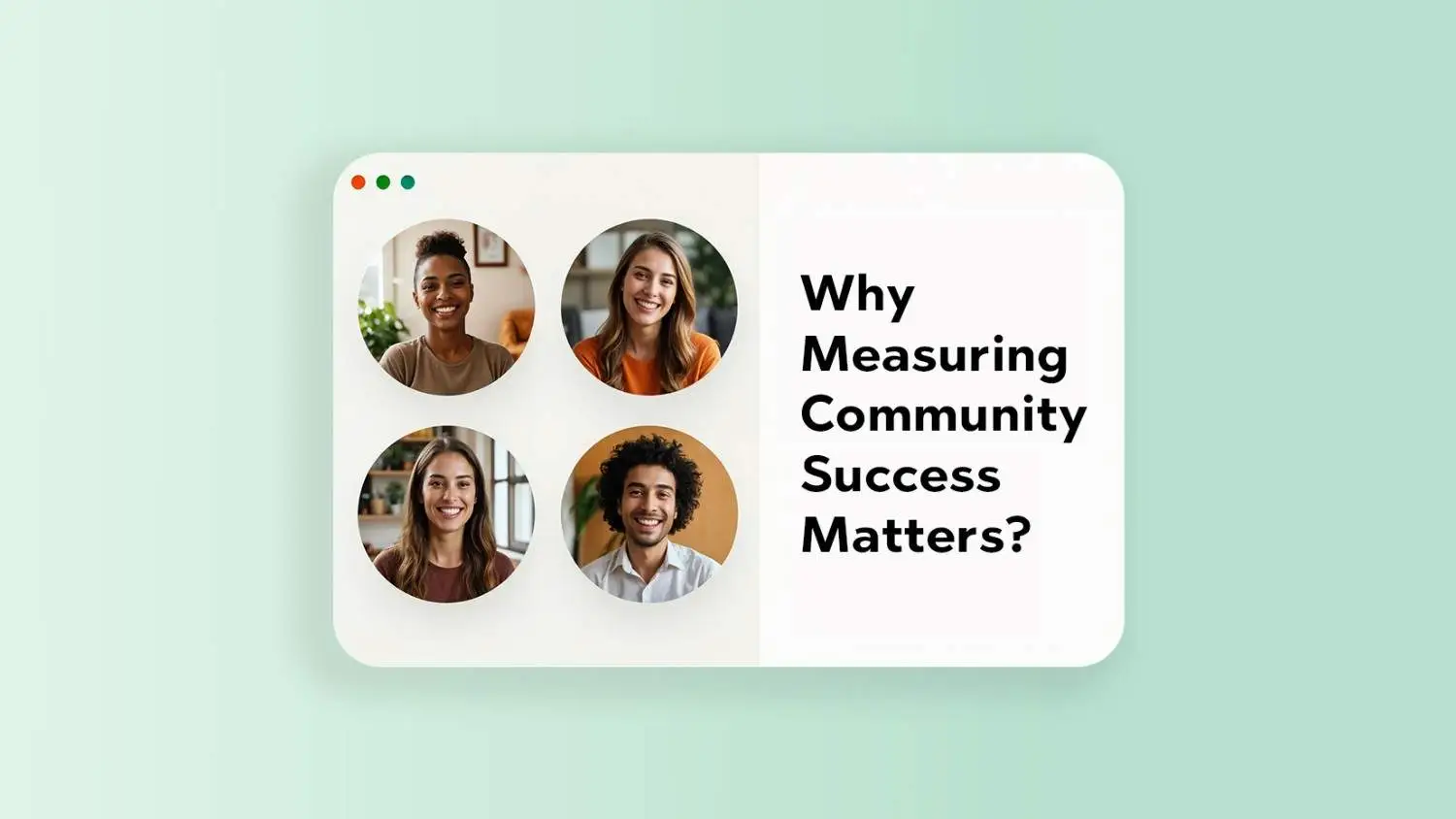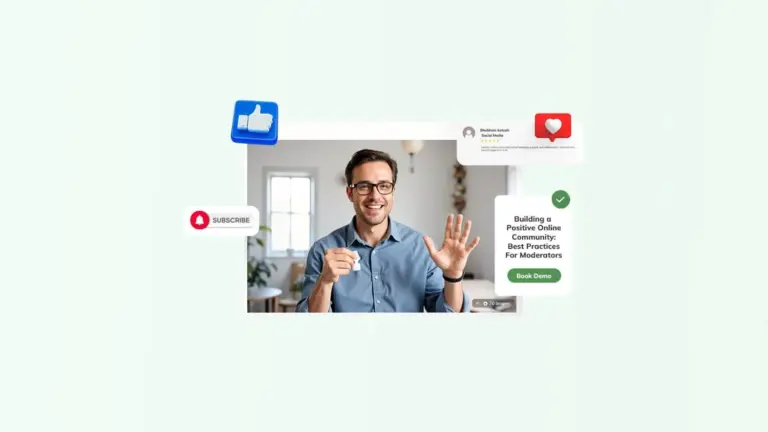How to Measure the Success of Your Online Community
In today’s digital-first world, an online community in a business context is more than just a forum-it’s a vibrant space where customers, fans, and brand advocates gather around shared interests, products, or services. These branded ecosystems, powered by technology, enable companies to engage directly with their audience, solicit feedback, and cultivate long-term relationships. But without clear measures, you can’t gauge whether your community is delivering real value-be it ROI, engagement spikes, or steady growth. In this blog, we’ll dive into the key metrics and methods you need-from community engagement strategies to loyalty-building tactics-to accurately track your online community’s health and impact.
Why Measuring Community Success Matters
Tracking the success of your online community isn’t just about numbers. It’s about understanding what’s working, what’s not, and where you should steer your focus next. When you measure effectively:
- You evaluate the health and effectiveness of your online space.
- You gather insights to support content planning and strategic decisions.
- You justify community investments to stakeholders with solid data.
Set Online Community Clear Goals Before You Measure

Before diving into metrics, ask yourself, What does success look like for my community?
- Engagement: Are members actively posting, commenting, and interacting?
- Customer Support: Is your community reducing the load on your customer service team?
- Brand Advocacy: Are members promoting your brand organically?
Next, align these goals with your business objectives:
- Lead Generation: Use community interactions to feed your sales funnel.
- Loyalty and Retention: Harness community loyalty building to increase customer loyalty.
- Support Deflection: Save time and cost by answering customer questions within the community.
Clear goals lay the foundation for relevant community engagement strategies and better ROI.
Online Community Key Metrics to Track
a. Engagement Metrics
These reveal how vibrant and interactive your community is:
- Active Members: How many unique users engage weekly or monthly?
- Post Frequency and Comments: Is content being created and responded to regularly?
- Likes, shares, and reactions: quick but meaningful indicators of interest.
- Event Participation: Who’s showing up to webinars, AMAs, or live chats?
b. Growth Metrics
Monitor how well your community is scaling:
- New Member Sign-ups: Track weekly or monthly additions.
- Retention Rate: Are members sticking around or dropping off?
- Invite and Referral Stats: A healthy community grows organically through advocacy.
c. Sentiment & Satisfaction
It’s not just about quantity-it’s about quality:
- Surveys and Feedback: Regular pulse checks help understand satisfaction.
- Net Promoter Score (NPS): A proven way to measure loyalty.
- Conversation Quality: Monitor the depth and tone of discussions.
d. Conversion & Business Impact
Community isn’t fluff-it’s a business driver:
- Leads and Sales: Track conversions directly from community activity.
- Support Ticket Reduction: A thriving community should lighten support loads.
- User-Generated Content: Look for testimonials, case studies, or customer-driven answers.
Strategy 3: Gamify the Engagement Experience
Gamification injects fun and motivation into your community engagement strategies.
- Points, Badges, and Rewards: Give recognition for posts, replies, and contributions.
- Loyalty Programs: Reward active members with perks-discounts, early access, or exclusives.
- Referrals and Reviews: Motivate users to share and invite peers with tangible rewards.
These tactics do more than entertain-they deeply increase customer loyalty and turn users into ambassadors.
Tools and Platforms to Measure Community Performance

The right tools make measuring easier and more insightful.
1. Built-in Analytics
- Facebook Groups, Discord, and Slack offer native insights like post reach and member activity.
2. Third-party Tools
- Google Analytics: Track traffic, session duration, and bounce rates.
- Orbit, Common Room: Tailored tools for community health and member lifecycle tracking.
- Sprout Social: Ideal for social engagement, sentiment, and reach.
3. CRM & Marketing Automation
- HubSpot: Integrate community insights into broader marketing and sales analytics.
Whether you’re using native dashboards or full-suite CRMs, these tools enable smarter decisions and showcase ROI to your team.
Tips for Ongoing Community Evaluation
Think of evaluation as a routine, not a one-off event.
- Monthly/Quarterly Reviews: Set a regular cadence to assess progress.
- Dashboards: Visual tools help you spot trends at a glance.
- Member Feedback: Involve your community by polling them, asking open-ended questions, and acting on their responses.
Consistency fuels improvement. Community loyalty building thrives when members feel heard and valued.
Common Mistakes to Avoid
1. Focusing on Vanity Metrics
Likes and followers may look good, but they don’t guarantee meaningful engagement or business results.
2. Ignoring Qualitative Insights
Don’t skip reading the room-track the tone and context of member conversations.
3. Not Linking Metrics to Business Goals
Metrics are only useful if they drive business impact. Make sure your numbers connect to outcomes like customer retention, revenue, or satisfaction.
4. Skipping Feedback Loops
Listening without acting is worse than not listening at all. Show members their voices matter.
5. Neglecting Accessibility and Mobile Users
A huge chunk of users browse communities via mobile. Make the experience seamless across devices.
6. Trying to Do Too Much Too Soon
Focus on foundational wins, first-community engagement strategies that work. Scale features later.
Conclusion
Measuring your online community’s success is essential-not optional. It helps you understand what’s working, what needs fine-tuning, and where to invest your time and budget. But more than that, it shows your members you care.
Let data guide, but let people stay at the center. When you focus on building genuine relationships through proven community engagement strategies, you’ll not only increase customer loyalty, but you’ll also create advocates who stick around and spread the word.
FAQs
1. What are the key metrics to measure online community success?
Engagement rates, growth stats, sentiment analysis, and business outcomes like conversions.
2. How do I know if my community members are truly engaged?
Look beyond likes; focus on discussions, event participation, and peer-to-peer support.
3. Which tools can I use to track community performance?
Google Analytics, Orbit, Sprout Social, HubSpot, and built-in tools from platforms like Discord or Slack.
4. How often should I analyze my online community data?
Monthly for pulse checks and quarterly for deeper insights and strategy shifts.
5. What is the difference between vanity metrics and actionable metrics?
Vanity metrics look good (e.g., followers); actionable metrics drive decisions (e.g., conversion rates).
6. Can a small online community still deliver business value?
Absolutely. Niche communities often have higher engagement and loyalty.
7. How do I measure the ROI of my online community?
Track leads, conversions, support savings, and user-generated content tied to revenue.
8. What role does member feedback play in measuring success?
It’s central. Feedback reveals sentiment, gaps, and opportunities for improvement.
9. How can I track conversions from my online community?
Use UTM links, conversion pixels, and CRM integration to trace actions back to community touchpoints.
10. Is it necessary to use paid tools to measure community success?
Not always. Many free or built-in analytics options provide valuable insights to start.






